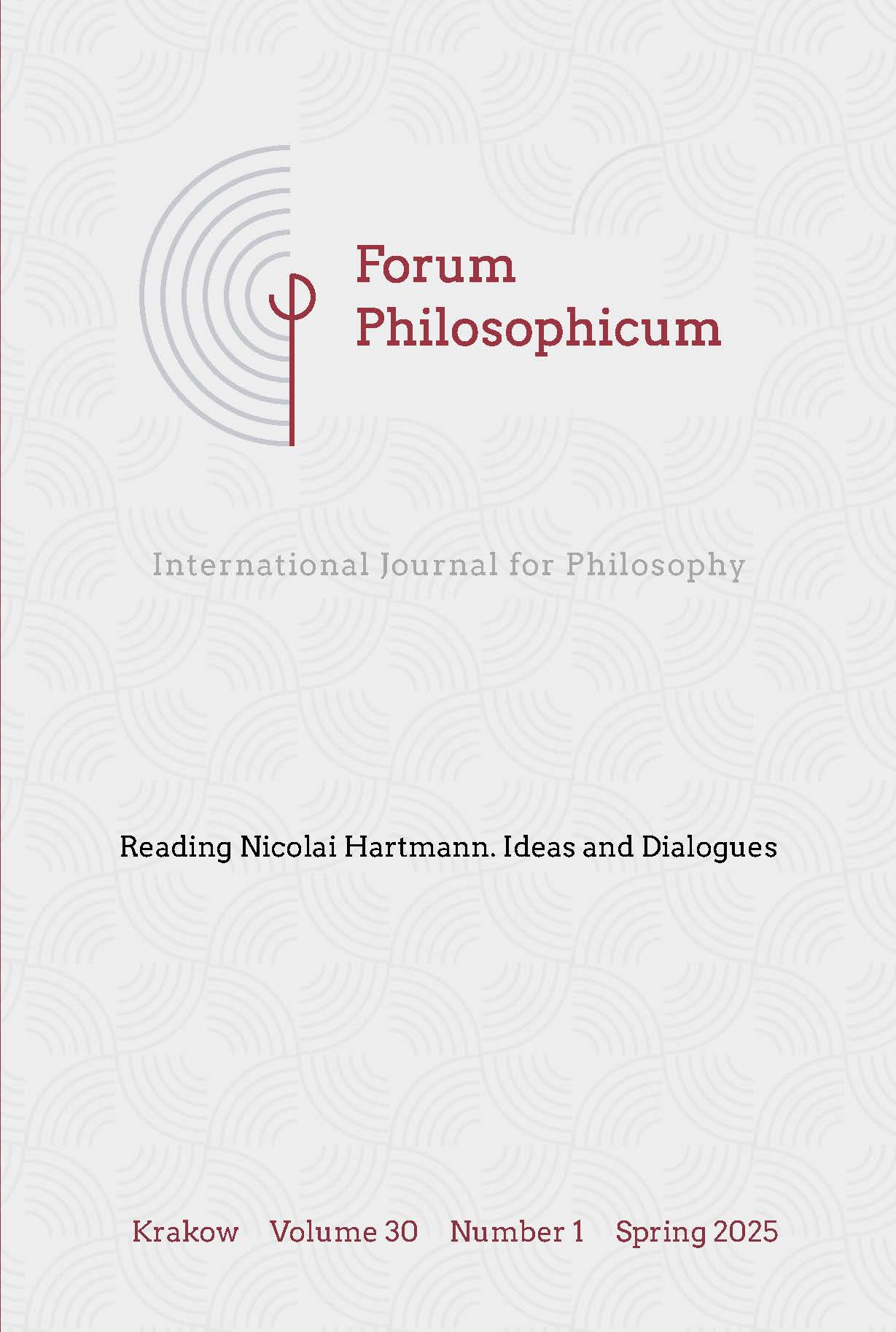The Arches and the Spandrels
A Response to Kenneth W. Kemp
Abstract
In his book „The Edge of Evolution”, Michael Behe draws on a metaphor of arches and spandrels. The arches are what holds a cathedral together and spandrels are the “fillings” that may carry beautiful ornaments, however, they have no say in whether a building stands or collapses (Behe 2007, 171-203). Behe explains that it is similar with life – some minor and non-substantial elements of living organisms can be explained by neo-Darwinism, but the complex biochemical systems, which are essential for survivability of any living organism – cannot. Thus neo-Darwinism may explain the spandrels, but not the arches of life. I think Behe’s metaphor can be taken more broadly and applied to the context of our debate. Here I will understand it as a mental attitude by which one focuses on the irrelevant spandrels at the same time pretending to be unable to grasp the arch (“core” or “essence”) of a problem. In his response Mr. Kemp reduces my critique to four points (P1-P4) which he claims we disagree on and shows why – on his view – I am mistaken. Here I will order my response according to his four points.
References
Acta et decreta Concilii Provinciae Coloniensis. 1862. Coloniae.
Augustine. 2002. “De Genesi ad Litteram.” In On Genesis, edited by John E. Rotelle, translated by Edmund Hill, 168–506. Vol. 13 of The Works of St. Augustine: A Translation for the 21st Century. New York: New City Press.
Ayala, Francisco J., et al. 1994. “Molecular Genetics of Speciation and Human Origins.” Proceedings of the National Academy of Sciences of the United States of America 91: 6787–94. https://www.pnas.org/doi/pdf/10.1073/pnas.91.15.6787. Accessed January 9, 2025.
Behe, Michael. 2007. The Edge of Evolution. New York: Free Press.
Chaberek, Michał. 2021. Knowledge and Evolution. Eugene, OR: Wipf and Stock.
———. 2024. “Original Sin, Monogenesis, and Human Origins: A Response to Kenneth W. Kemp.” Forum Philosophicum 29 (1): 153–65. https://doi.org/10.35765/forphil.2024.2901.08.
Denzinger, Heinrich, and Adolf Schönmetzer, eds. 1967. Enchiridion Symbolorum Definitionum et Declarationum. 34th ed. Freiburg: Herder.
Enchiridion Biblicum. Documenta Ecclesiastica Sacram Scripturam Spectantia. 1927. Auctoritate Pontificiae Comissionis de Re Biblica edita. Romae: Apud Librariam Vaticanam.
Hössjer, Ola, and Ann Gauger, C Reeves. 2016. “Genetic modeling of human history part 1: comparison of common descent and unique origin approaches.” BIO-Complexity (3): 1–15. https://doi.org/10.5048/BIO-C.2016.3.
Hössjer, Ola, and Ann Gauger, C Reeves. 2016. “Genetic modeling of human history part 2: A unique origin algorithm.” BIO-Complexity (4): 1-36. https://doi.org/10.5048/BIO-C.2016.4.
Hössjer, Ola, and Ann Gauger. 2019. “A Single-Couple Human Origin Is Possible.” BIO-Complexity 2019 (1): 1–20. https://doi.org/10.5048/BIO-C.2019.1.
Kemp, Kenneth W. 2011. “Science, Theology, and Monogenesis.” American Catholic Philosophical Quarterly 85 (2): 217–36. https://doi.org/10.5840/acpq201185213.
———. 2024. “Monogenism: A Reply to Fr. Chaberek.” Forum Philosophicum 29 (2): 392–99. https://doi.org/10.35765/forphil.2024.2902.09.
Leo XIII. 1879. “Arcanum divinaes apientiae.” Acta Sanctae Sedis 12. Reprint, 1968.
Santillana, Giorgio De. 1955. The Crime of Galileo. Chicago: University of Chicago Press.
Sungenis, Robert A., and Robert J. Bennett. 2007. Galileo Was Wrong: The Scientific, Scriptural, Ecclesiastical and Patristic Evidence for Geocentrism. Vol. 1, The Scientific Evidence. State Line, PA: Catholic Apologetics International Publishing.
The Council of Trent. “Session V, The Decree on Original Sin.” Papal Encyclicals Online. Accessed May 31, 2022. https://www.papalencyclicals.net/councils/trent/fifth-session.htm.
Copyright (c) 2025 Forum Philosophicum

This work is licensed under a Creative Commons Attribution-NoDerivatives 4.0 International License.
- When submitting a text, the author declares that he/she is the Author of the article (hereinafter referred to as the “Work”) and:
- he/she owns the exclusive and unlimited copyright to the Work,
- is entitled to dispose of the copyright to the Work.
Declares that it does not infringe any third party copyrights or legal rights.
Declares that there is no conflict of interest.
2. At the same time, the Author grants the Ignatianum University in Cracowa royalty-free, non-exclusive and territorially unlimited licence to use the Work in the following fields of exploitation:
- recording the Work in a hard copy, as well as on a digital or magnetic medium;
- reproduction of the Work using any technique, without limitation of the number of editions or copies;
- distribution of the Work and its copies on any medium, including marketing, sale, lending, and rental;
- introduction of the Work into a computer memory;
- disseminating the Work in information networks, including in the Internet;
- public performance, exhibition, display, reproduction, broadcasting and re-broadcasting, as well as making the Work available to the public in such a way that everyone can have access to it at a time and place of their own choosing;
- within the scope of dependent rights to the Work, including in particular the right to make necessary changes to the Work resulting from editorial and methodical development, as well as to translate the Work into foreign languages;
The licence is granted from the moment of the transfer of the Work to the Ignatianum University in Cracow. The Ignatianum University in Cracow is entitled to grant further sub-licences to the Work within the scope of the right granted. The licence is time-limited and it is granted for a period of 15 years, starting from the date of its granting.
Authors are permitted and encouraged to publish their text online (e.g. in their institution’s repository or on the institution’s website) before or during the submission process as this may lead to beneficial exchanges, as well as earlier and greater citation of the published text (See The Effect of Open Access). We recommend using any of the following portals of research associations:
- ResearchGate
- SSRN
- Academia.edu
- Selected Works
- Academic Search






